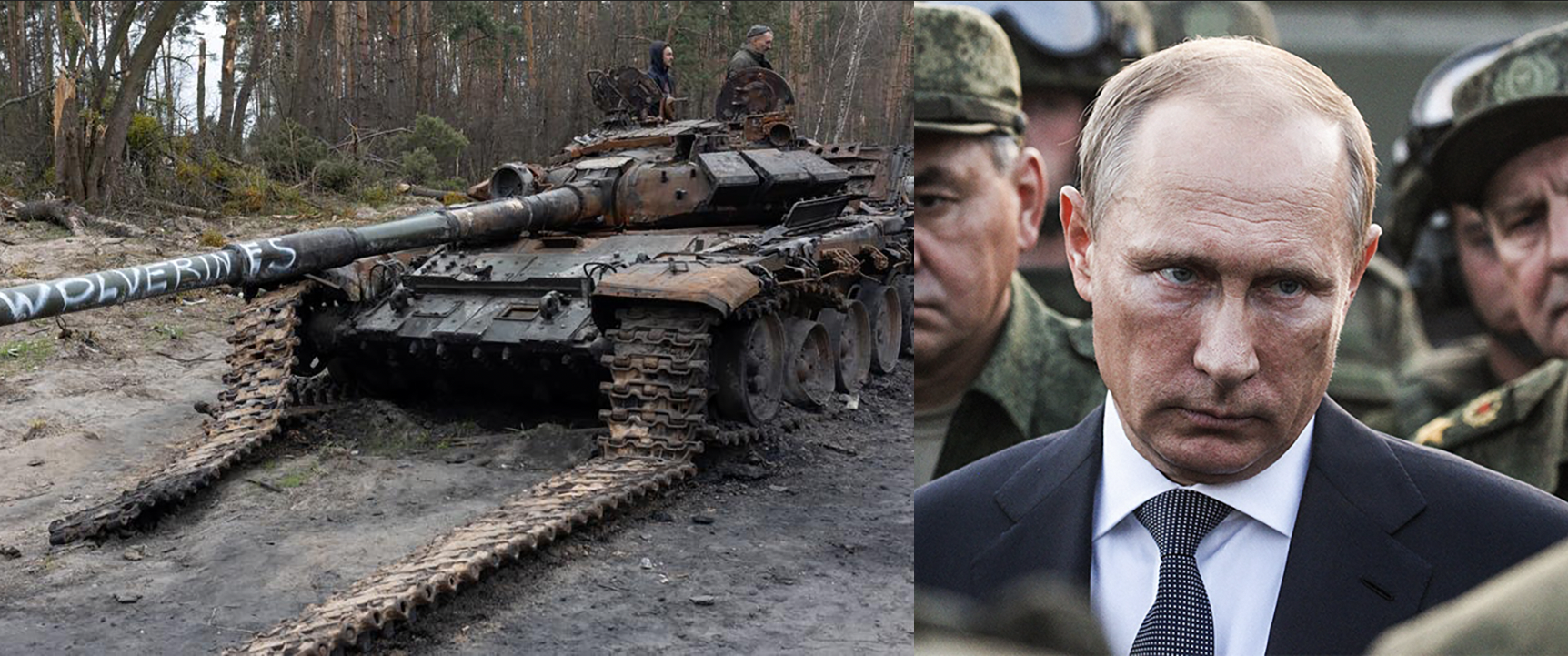By Scott Taylor
The big news last week was that Finland has requested membership into the NATO alliance, and that Sweden is leaning heavily towards taking the same measure.
These developments were heralded by the NATO Association of Canada with a lot of chest thumping and fist pumping.
Finally, NATO can add these two, long neutral Scandinavian nations to the 30-member alliance bonded by an agreement to collective defence.
We were informed that the reason Finland and Sweden are seeking sanctuary in a military alliance with NATO is Russia’s invasion of Ukraine.
I could understand that logic if this was requested during the first few hours after Putin launched his military into Ukraine on Feb. 24.
In those early days, analysts predicted that the Russians would capture Kyiv and topple the regime of President Volodymyr Zelenskyy in three days. The speculation was that at the end of one week Putin would be master of all Ukraine and his blood-thirsty troops would be poised to annex the rest of Europe.
The most logical second target was considered to be the Baltic countries of Lithuania, Estonia and Latvia. All three are NATO member states and since 2004, all three have had sizeable multi-national forward deployed battle groups stationed along their borders with Russia.
Canada commands the battle group in Latvia and maintains a rotating force of about 600 combat troops at camp Adzai.
As Russian tank convoys rolled towards Kyiv, these NATO troops in the Baltic were reinforced and put on enhanced alert.
It appeared that WW3 was an imminent reality.
However, within days, even obscured by the fog of war, it became apparent that there was something terribly wrong with the Russian military.
Putin’s intended rapid military advance stalled and more and more imagery emerged of destroyed Russian armoured vehicles and dead soldiers.
The armchair generals who predicted a swift Russian victory can be partially forgiven, because during the military build-up prior to the invasion, all the focus was on Russian martial strength.
We were told that Putin had assembled a force of 190,000 troops along with thousands of armoured vehicles and artillery.
It is true that this represents only a portion of the entire Russian Armed Forces but it also amounts to the majority of Putin’s actual combat capability in terms of ground forces.
On the flip side, the Ukrainian military at the time of invasion stood at a strength of 246,445 personnel with an additional 900,000 enrolled in the reserves.
These troops have been receiving top notch training from NATO instructors – including Canadian soldiers – since 2014.
During that eight-year period, Ukrainian combat units also had the opportunity to rotate in and out of the front lines in the contested breakaway eastern districts of Donesk and Luhansk.
This provided Ukraine’s military the opportunity to gain experience with NATO provided weaponry and to test their training under battle conditions in a low intensity conflict. Bullets are still bullets.
Thus Putin’s invaders soon found themselves outmatched by the Ukrainian defenders in terms of tactical skills, logistics, weaponry, discipline and morale.
In early media coverage of the invasion, reporters filmed Ukraine civilians bravely making Molotov cocktails from empty bottles.
These images captured the defiant spirit of the Ukrainian people but to date I have not heard of a single engagement wherein Ukraine civilians stopped a Russian tank with a homemade firebomb.
Instead, what we have seen over the first three months of this war, is Ukraine’s superiority in weaponry.
The U.S. and NATO countries - including Canada - have provided a modern arsenal that allows Ukrainian soldiers to explode $8 million Russian tanks with $200,000 Javelin anti-tank rockets.
The west has also provided Ukraine with shared intelligence in the form of drones and satellite imagery. The U.S. refers to this as the “unblinking eye” which makes it impossible for the Russian troops to hide from observation.
Last week the Ukraine army used a combination of pinpoint intelligence and massed long range firepower to obliterate an attempted Russian river crossing at Siverskyi Donets. It is estimated that during this battle the Russians suffered the loss of 1,500 soldiers, 56 armoured vehicles, pontoon bridge sections and even a tugboat.
British intelligence estimates that to date Russia has lost 15,000 soldiers killed with two to three times that number having suffered ‘life altering wounds.’
When you subtract that number from the original invasion force of 190,000, the Russians have suffered almost a complete loss of fighting capability.
Putin’s justification for invading Ukraine was to eliminate a threat on his border before it became militarily stronger and joined the NATO alliance as a full member.
Give the results so far, it would seem he waited too long, and Ukraine did not need to be a member of NATO to garner the alliances’ assistance.
Finland and Sweden should take note.


